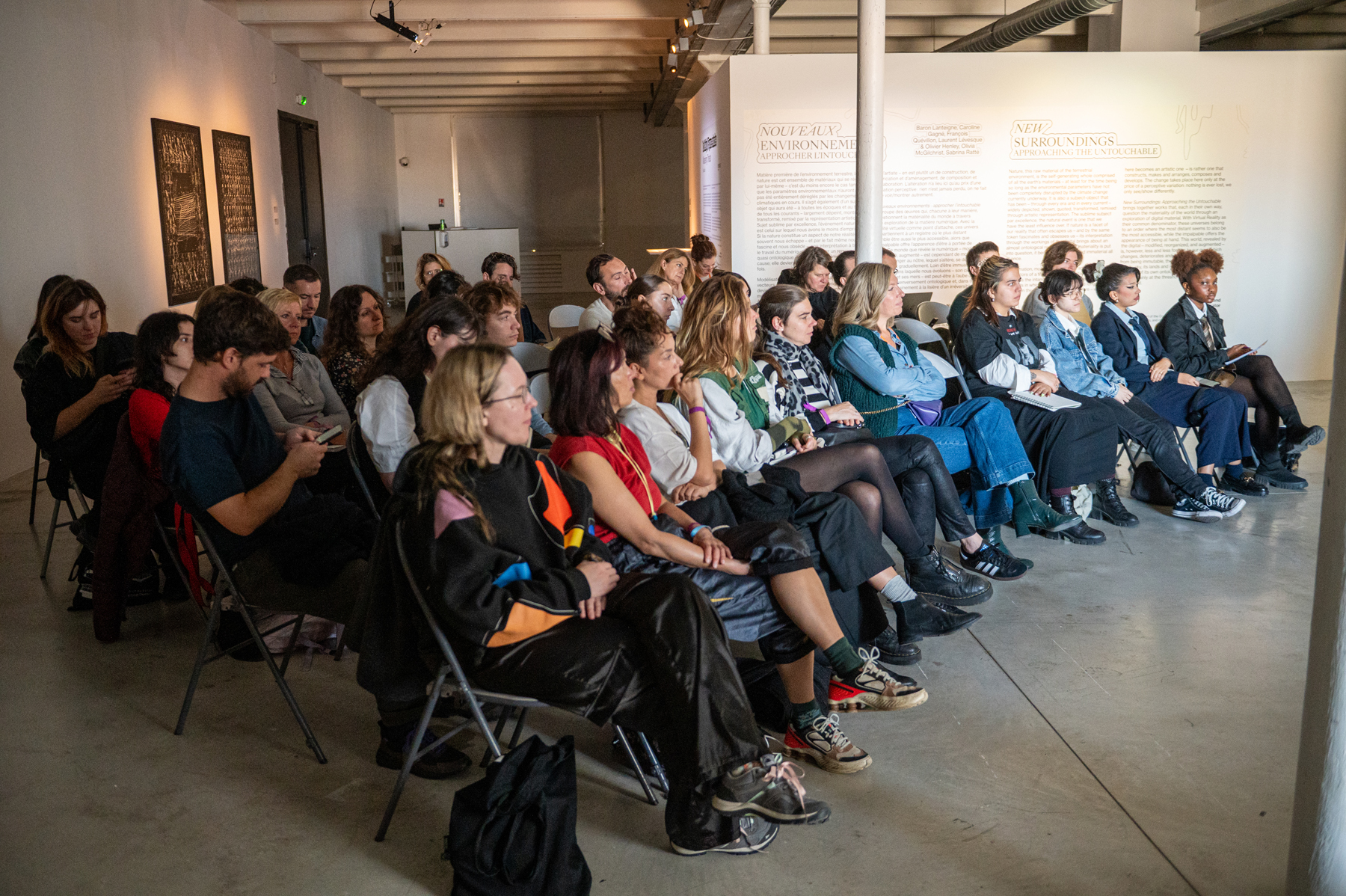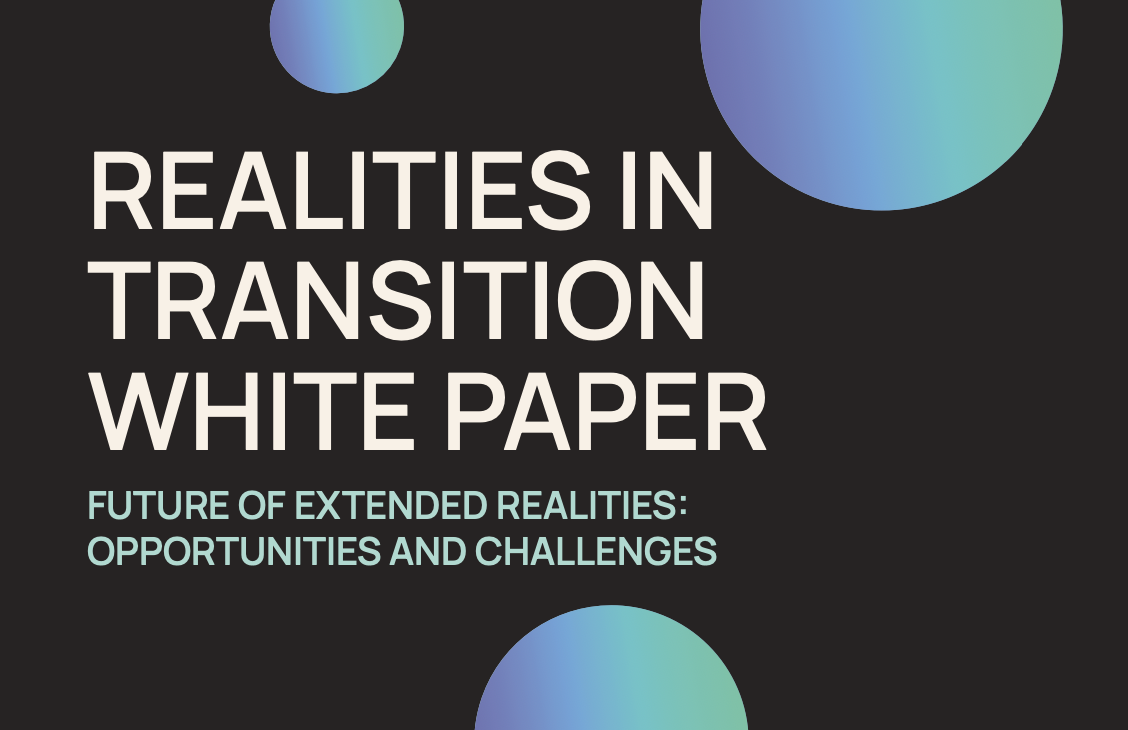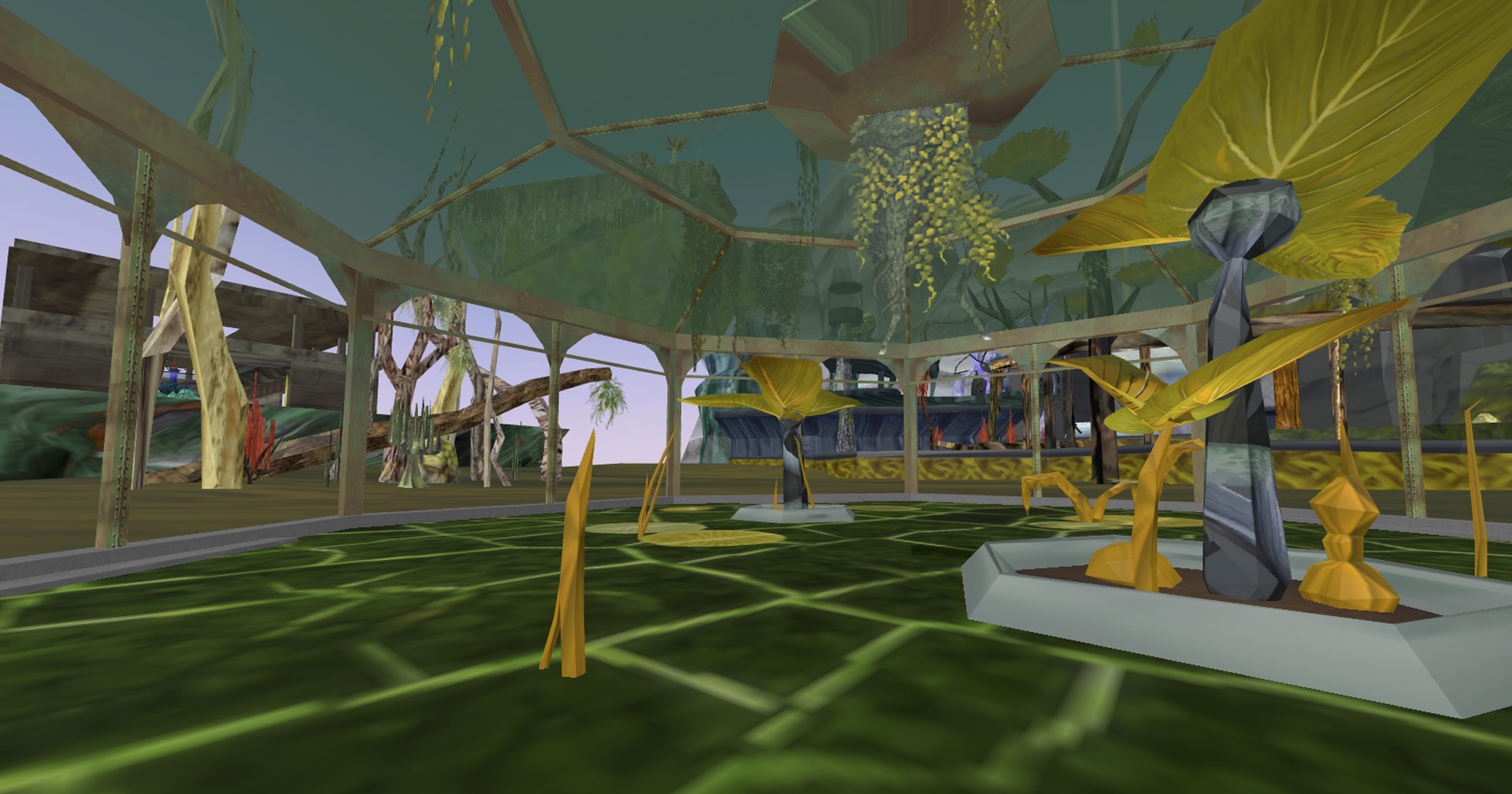Hackathon on “Recycling the AI” – Our guidelines to organise a 2-day event with students
Why a Hackathon?
A hackathon is an event where people engage in rapid and collaborative engineering over a short period of time. They facilitate interdisciplinary work by grouping some people with different skills in order to solve a given challenge. The goal is to provide a working product by the end of the event, being the best solution awarded with some recognition.
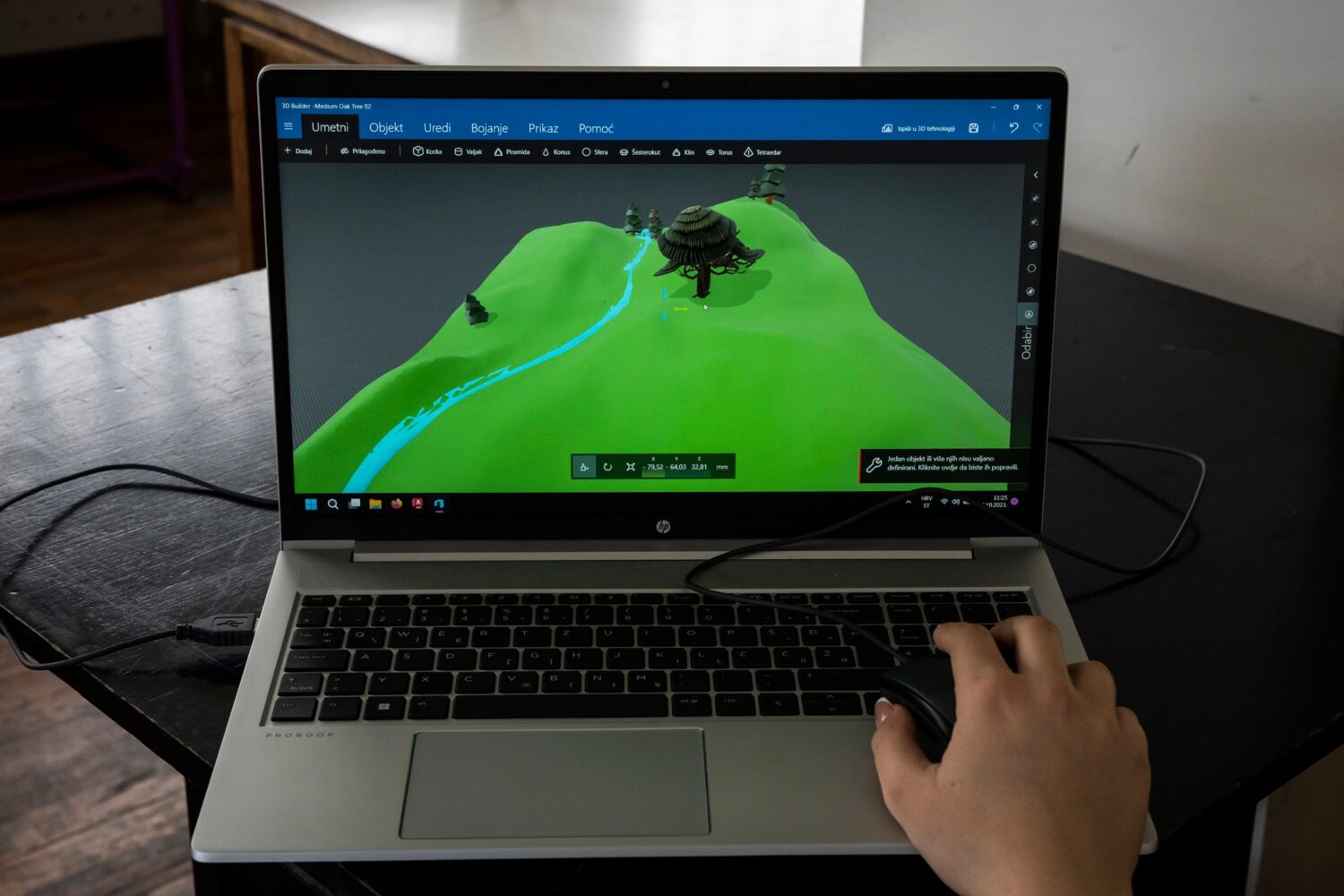
The aims
With this 2-day journey, we engage young students to have a critical thinking on Extended Realities (XR). As facilitators, we accompany and challenge them to test their skills to create a functioning prototype of several virtual scenes with A-Frame, an open source code library to easily create 3D spaces in a browser.
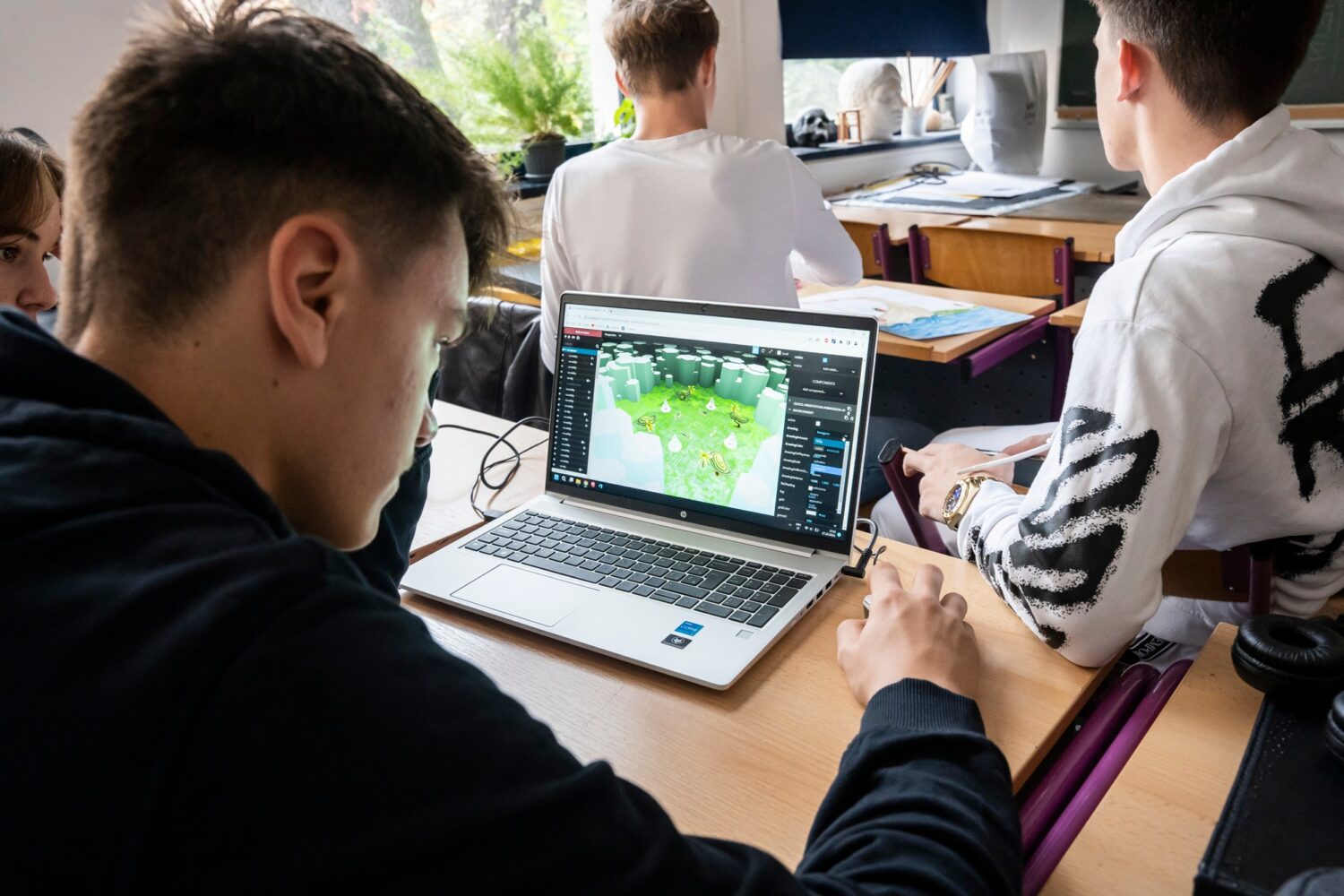
The set-up
To create the better conditions for your hackathon, we recommend:
- One computer per participant.
- One facilitator for a maximum of 15 students.
- Groups should not be of more than 4 participants.
- Participants should be a minimum of 16 years old.
- No specific skill or knowledge is required to participate although some experience with html would be of help.
- Start with a round of presentation and ask their motivation to participate.
- Make everyone comfortable, there is no wrong question!
- It is important to reference all materials used for the creation of virtual spaces. Keep an eye on the licensing information of all the creative work used.
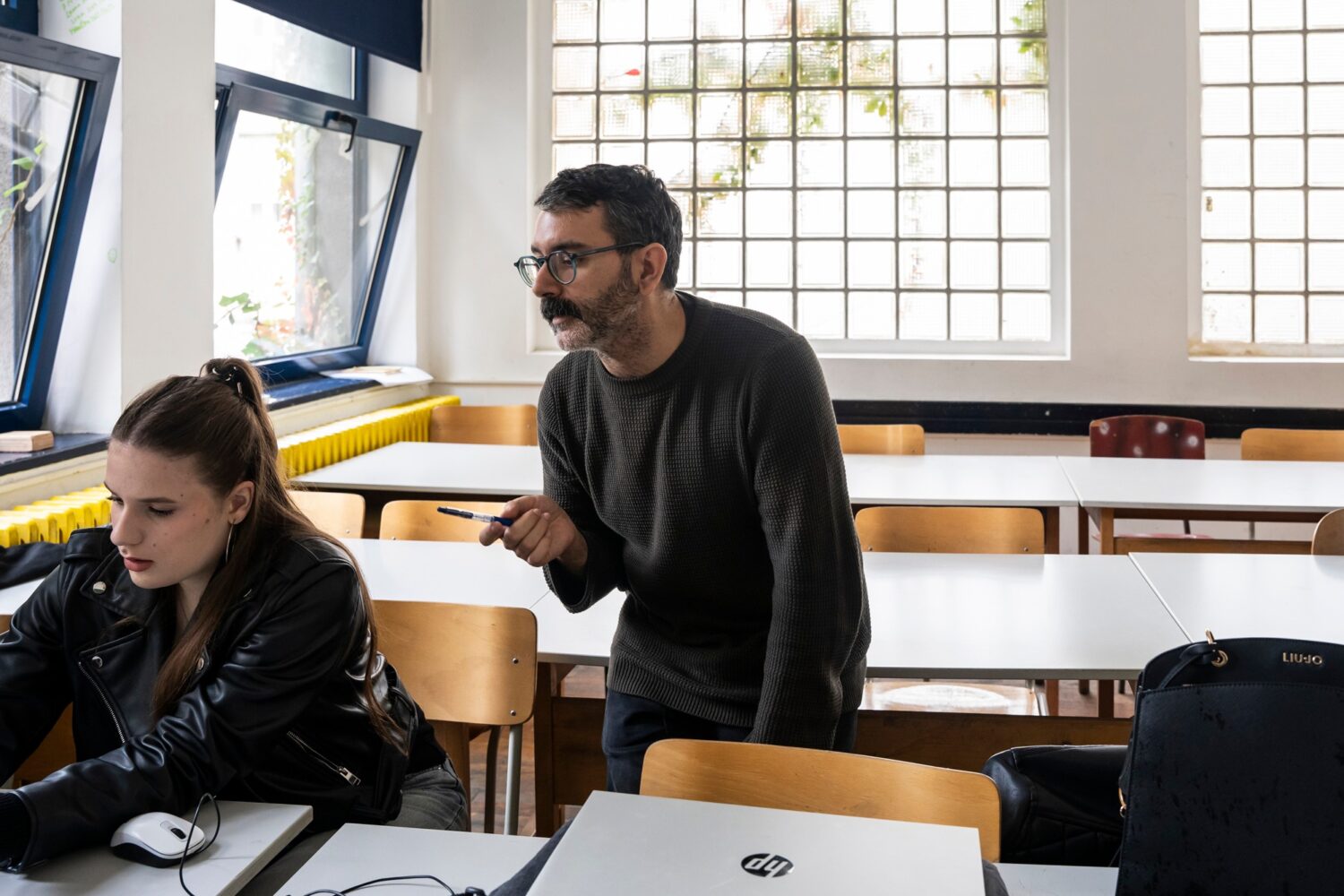
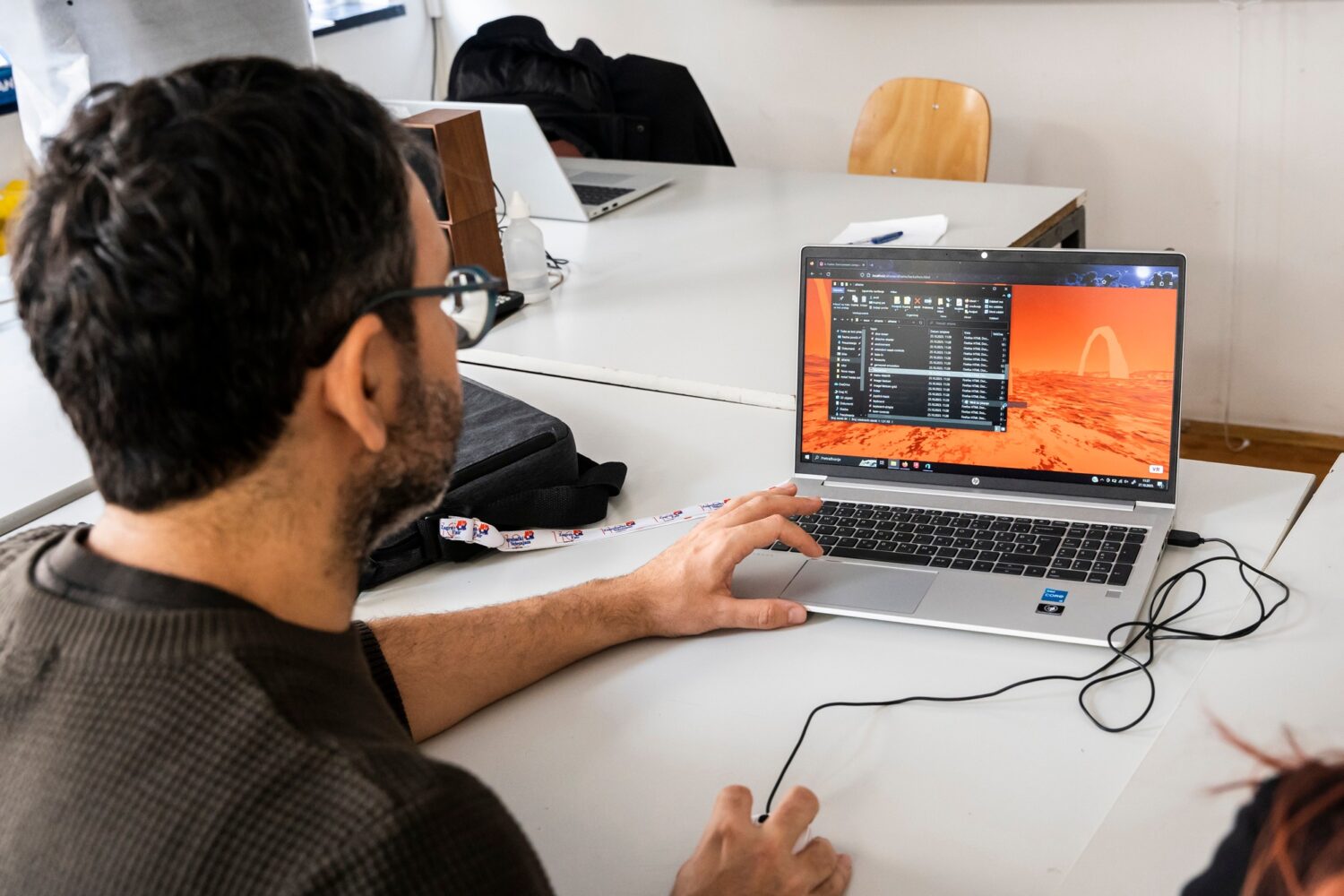
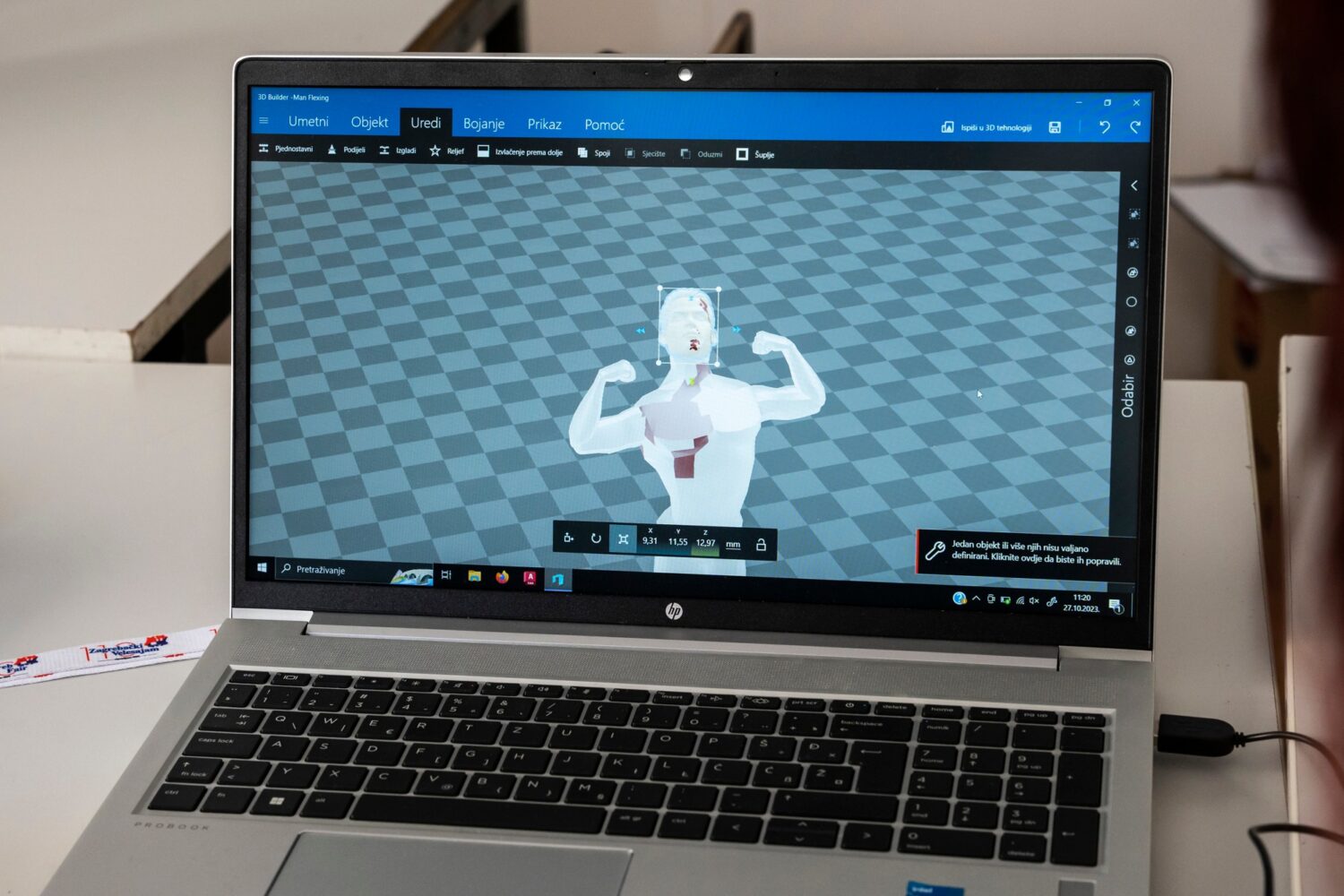
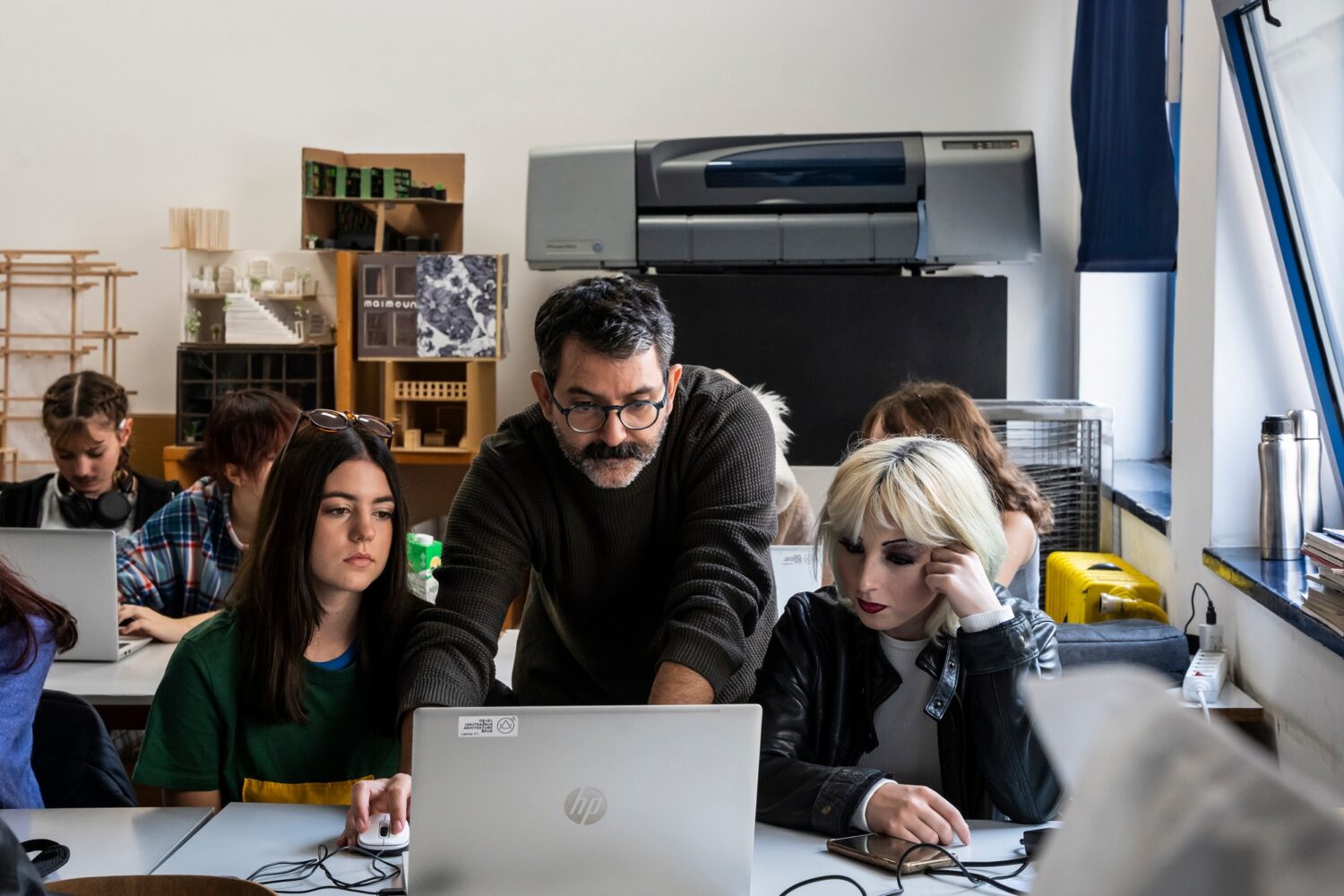
Introduction and Presentation of Challenge
Virtual, mixed and augmented reality are becoming more relevant in the creative and artistic fields, helping artists to explore virtuality as an alternative domain for creativity and expression. Like any other digital work, extended realities have also been influenced in the last years by the evolution of tools powered by artificial intelligence (AI). Being a great tool, the AI has also gained lots of criticism when applied to the creative field. Digital artists, for example, consider an unfair competition that neural network models that have been trained using their previous work, are being used without their consent to generate new 3D models and designs automatically using text to content techniques. Recently, there has been a notorious strike of writers in the Hollywood industry to, among other things, request a regulation of the use of AI powered scripts for films and TV shows.
Considering also the amount of resources needed to generate AI digital content, and the fact that the internet is full of already existing AI images, texts, 3D models, videos and animations, it is more than reasonable to think on recycling those before beginning to think of generating new ones. The proposal for this hackathon is thus, to experiment with reusing and repurposing techniques of already existing digital content to develop them into functional virtual worlds.
Virtual, mixed and augmented reality, are a becoming more relevant in the creative and artistic fields, helping artists to explore virtuality as an alternative domain for creativity and expression. Like any other digital work, extended realities have also being influenced in the last years by the evolution of tools powered by artificial intelligence (AI). Being a great tool, the AI has also gain lots of criticism when applied to the creative field. Digital artists, for example, consider an unfair competition that neural network models that have being trained using their previous work, are being used without their consent to generate new 3D models and designs automatically using text to content techniques. Recently, there has being a notorious strike of writers in the Hollywood industry to, among other things, request a regulation of the use of AI powered scripts for films and TV shows.
Considering also the amount of resources needed to generate AI digital content, and the fact that the internet is full of already existing AI images, texts, 3D models, videos and animations, it is more than reasonable to think on recycling those before beginning to think of generating new ones. The proposal for this hackathon is thus, experiment with reusing and repurposing techniques of already existing digital content to develop them into functional virtual worlds.
Day 1 – The programme step-by-step
By learning the basics of HTML and with the use of 3D editing tools, attendants will be able to design virtual environments and host them for their own use while, at the same time, help them reflect about issues like energy consumption, privacy, open culture, digital representation and accessibility.
Day 2 – The programme step-by-step
By learning the basics of HTML and with the use of 3D editing tools, attendants will be able to design virtual environments and host them for their own use while, at the same time, help them reflect about issues like energy consumption, privacy, open culture, digital representation and accessibility. During these three consecutive days, thirty students of the School of Applied Arts and Design of Zagreb will put their skills to work to create a working prototype of several virtual scenes with A-Frame, an open source library for building 3D spaces easily on the browser.
THE EXHIBITION
The Hackathon led in October 2023 led to great results, showcased in a virtual This exhibition includes an embedded version of every virtual worldvirtual world world created during the hackathon. You can visit the exhibition here or see the results of the different find each of the experiments below, also accessible via a smartphone using the QR codes.
The presentation of the works is ok, but the QR codes are huge!
GROUP LAP01

Story by AI that was recycled: The Hellmut in the Coffee Shop –
Credits of 3d models:
- Winter Cabin: https://skfb.ly/oOTYC
- Demon: https://skfb.ly/6RSW6
- Girl: https://skfb.ly/6zGMG
Click here to enter the virtual world from Desktop
Scan this QR to enter the virtual world from a Smartphone.
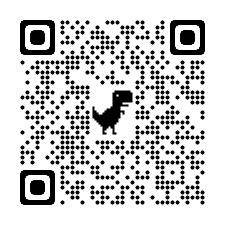
GROUP LAP02

Story by AI that was recycled: Max, The Plant Whisperer
Credits of 3d models:
- Ferret: https://skfb.ly/o7wR6
- Boy (AI generated): https://skfb.ly/oMNY6
- Old Russian House: https://skfb.ly/oxT9s
- Trees: https://skfb.ly/oDWDI
Click here to enter the virtual world from Desktop
Scan this QR to enter the virtual world from a Smartphone.
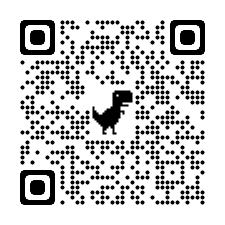
GROUP LAP03

Story by AI that was recycled: The Greatest Goddam Hero I’ve Ever Known
Credits of 3d models:
- Skeleton: https://skfb.ly/oLNMN
- Desert plant and palms: 3D Builder Library.
- Bench and Fountain: 3D Builder Library
Click here to enter the virtual world from Desktop
Scan this QR to enter the virtual world from a Smartphone.
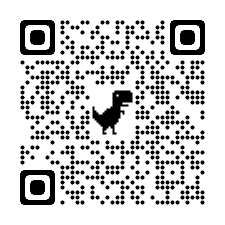
GROUP LAP05

Story by AI that was recycled: The Gift of a Bird’s Song
Credits of 3d models:
- Apple Tree: https://skfb.ly/6YV9B
- Bird: https://skfb.ly/ovDpS
- Castle: https://skfb.ly/6yRPw
- Knight: Unkown.
Click here to enter the virtual world from Desktop
Scan this QR to enter the virtual world from a Smartphone.
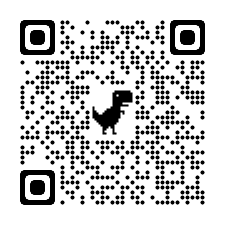
GROUP LAP06

Story by AI that was recycled: The Underground World Of Plant Collecting
Credits of 3d models:
- Butterfly: https://skfb.ly/oqHt9
- Desert Plants and Trees: Unkown.
- Bench, Fountain: Unkown.
Click here to enter the virtual world from Desktop
Scan this QR to enter the virtual world from a Smartphone.
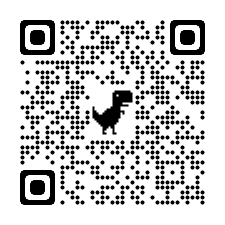
GROUP LAP09

Story by AI that was recycled: When The Sky Turned Red
Credits of 3d models:
- Man: https://skfb.ly/QspN
Click here to enter the virtual world from Desktop
Scan this QR to enter the virtual world from a Smartphone.
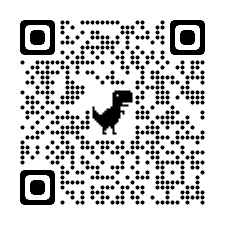
THE RESULTS
We hope that these materials will be useful for you, and can support and inspire you to keep a critical eye on AI, the challenges that it brings, and the solutions that we can develop to promote a more sustainable, open and inclusive XR.
If you have questions or want to exchange on the topic and/your experience, please contact Jesus Jara Lopez: jesus@levfestival.com, from LEV Festival, who designed the hackathon and facilitated it in Zagreb during the Realities in Transition XR camp in October 2023.


